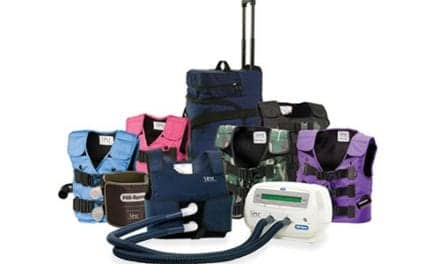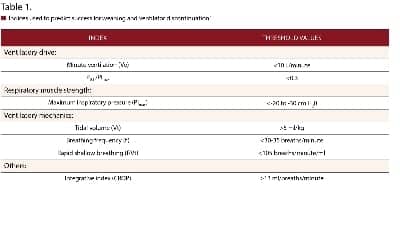The US FDA has granted premarket approval for a SuperSaturated Oxygen (SSO2) Therapy device to treat acute myocardial infarction (AMI), according to manufacturer TherOx Inc.
SSO2 therapy provides interventional cardiologists with the first and only FDA-approved treatment beyond percutaneous coronary intervention (PCI) to significantly reduce muscle damage in heart attack patients, according to TherOx.
SSO2 Therapy delivers hyperbaric levels of oxygen directly to the ischemic heart muscle immediately after the coronary artery has been successfully opened by PCI (angioplasty and stenting). It is indicated for patients who suffer the most serious kind of heart attacks, left anterior descending ST-elevation myocardial infarction (LAD STEMI) treated within six hours of symptom onset. SSO2 Therapy is adjunctively administered immediately following successful stent placement, with no delay in PCI treatment.
“Even after angioplasty with stenting, many heart attack patients suffer from irreversible damage to the heart muscle, which carries a poor prognosis in terms of mortality and the potential for future heart failure,” said Gregg W. Stone, MD, professor of medicine, Columbia University Medical Center. “SuperSaturated Oxygen is the only therapy shown in a pivotal randomized trial to reduce infarct size in patients with large anterior myocardial infarction, offering the potential to further improve outcomes in these high-risk patients despite successful primary angioplasty.”
SSO2 Therapy has been shown in multiple randomized prospective clinical trials to consistently and safely reduce infarct size in anterior AMI patients and thereby improve outcomes.
“We have repeatedly demonstrated that SSO2 Therapy significantly reduces infarct size among patients who suffer from large anterior AMIs, which are the most serious heart attacks,” said Kevin T. Larkin, president and chief executive officer of TherOx. “This FDA approval enables interventional cardiologists to provide the most advanced care available to further reduce infarct size, prevent heart failure and ultimately save lives.”











Who runs, inserts, and monitors therapy? Do Respiratory Therapist?
Please send further information
More info PLEASE!